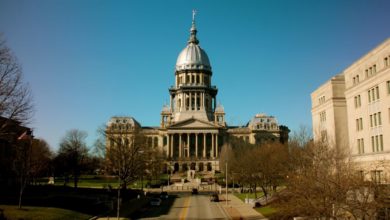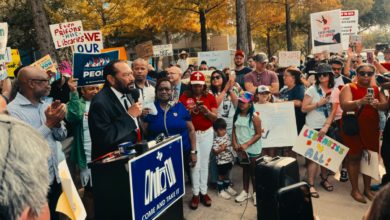Figures released by the Congressional Budget Office show that the government generates tremendous revenue from the exploitation of students.
The Department of Education is taking in an estimated $51 billion more in payments from student loan borrowers in 2013 than it is lending out. The budget surplus amounted to $120 billion from student loans over the last five years and is forecast to total another $110 billion by the time Obama leaves office, according to the CBO.
To put these numbers into perspective, the most profitable company in the United States, Exxon Mobil Corp., had profits of $44.9 billion last year. Apple Inc. made $41.7 billion and Chevron Corp. reported $26.2 billion. The interest being paid by students to the Department of Education in 2013 roughly equals the combined 2012 net income of the four largest U.S. banks—JPMorgan Chase, Bank of America, Citigroup and Wells Fargo.
As the Federal Reserve lowers borrowing rates for “eligible financial institutions” to 0.75 percent, student loan interest rates set by Congress hover around 3.4 percent. For some, such as graduate students, the rates are twice that, and the lower rate will double on July 1 if Congress fails to act.
Meanwhile, student loan debt has climbed to more than $1 trillion, surpassing all other forms of personal debt except mortgages. For borrowers under age 30, the average loan debt per student is around $21,000. In fact, overall student debt has climbed 148 percent since 2005, at a time when millions of people in the United States. can’t find jobs and the average starting salary has fallen.
Many graduates, loaded with debt, have had to settle for low-wage jobs that hardly pay the rent, not to speak of the interest on their student loans.
Protests on ‘1TDay’
Last year, on “1TDay,” as the student debt total was expected to hit $1 trillion, protests organized by students and professors took place in some 20 cities across the country.
Capitalist politicians, sensing a growing political and economic threat, have made small, half-hearted reforms. Late last year, Obama introduced a student loan relief program called “Pay As You Earn.” The program caps repayment levels at 10 percent of discretionary income. However, it does nothing to relieve the burden of higher-interest private loans and is available only to students who have taken out loans after 2011. Students who took out loans before then are out of luck.
A more recent proposal would expand income-based repayment and tie interest rates on student loans to the government’s borrowing costs. Though this would help students now, as Treasury borrowing costs are at a historic low, it would almost certainly cause rates to jump to startling levels in the future. Also, it would still fail to solve a basic problem of student loan repayment: Students who attend college when the economy is doing well and repay their loans when it is not must repay their loans when they often are unable to afford it.
These limited, superficial reforms aim at relieving popular discontent just enough to allow the education crisis and neoliberal policy to continue. At the same time, they perpetuate student debt slavery as an instrument of political repression. Forced to spend more time and energy working in order to pay back loans, youth and students have less time and fewer resources to commit to social change. They become less likely to take up causes and speak up about public issues for fear that it might jeopardize their chances of getting promoted or land a better job. Meanwhile, rather than adequately fund education and social programs, capitalist politicians have been funding imperialist wars and bank bailouts.
Socialists understand that lowered student loan interest rates and relief programs, while worthwhile steps, do not mean real justice for students. Education should be a right, not a privilege; students should not have to go into debt in the first place. Further, since education is an important basis for popular resistance to capitalist exploitation and oppression, we are aware of how the attack on students represents a broader attack on society. As long as higher education is treated as a commodity, it will function as a means of exploitation—not just of students, but all workers and oppressed peoples.





